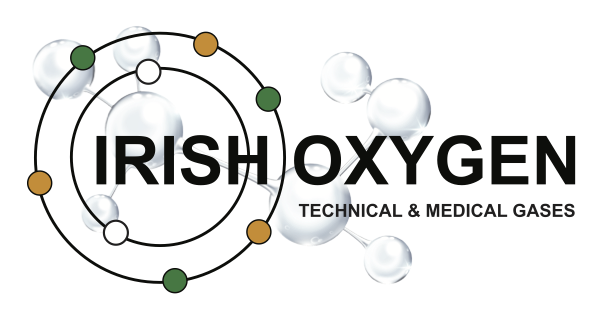Industrial And Commercial Acetylene Gas Applications
Acetylene is a colorless gas that has a strong garlic-like odor. When combined with oxygen, it becomes very hot and is classified as the hottest fuel gas. It is also the only fuel gas that can weld steel, making it the preferred choice for welders.
Acetylene can be produced three different ways: It can be produced by the reaction of water and calcium carbide, by partial combustion of oxygen and methane, and by passing hydrocarbon through an electric arc. To get a better understanding on how acetylene gas works, we’ll take a look at some of the most common uses of acetylene and how they are applied in various industries.
Welding and Cutting
Acetylene gas is commonly used for welding and cutting in a process known as oxy fuel cutting. Acetylene is commonly used because it produces the highest flame temperature that can reach up to 3,160 degrees Celsius (5,720 degrees Fahrenheit). The flame temperature aids in speeding up the cutting process due to the quick piercing movements and is considered a safe fuel gas to use when handled properly.
During the welding process, acetylene is known for reducing the area of the Heat Affected Zone (HAZ), which is the base area of a piece of metal that has not been melted, but altered by the heat. Because of its high temperature and precise cutting ability, acetylene is the ideal gas for oxy fuel welding and cutting. With its quality welding abilities, it’s the perfect fuel gas to get the job done in a timely and efficient manner, thus saving you money in the long run.
Chemical Production
Acetylene gas is most commonly used for the production of other chemicals used in perfumes, vitamins, polymers, solvents and other materials due to its versatility and ease of reactive control in comparison to other gases. It combines nicely with a variety of elements and compounds, making it the most important of starting materials for organic synthesis.
